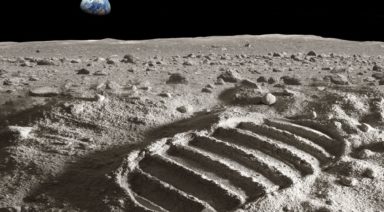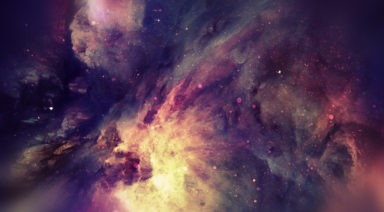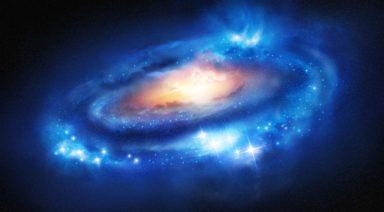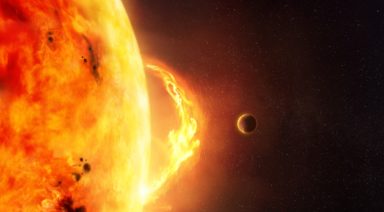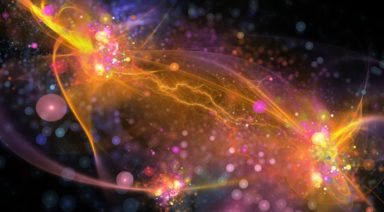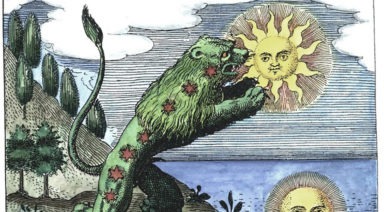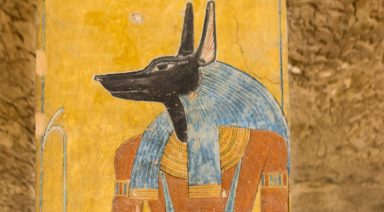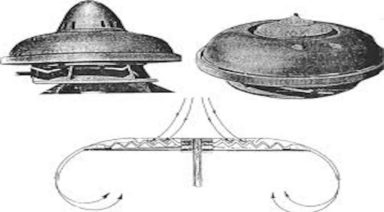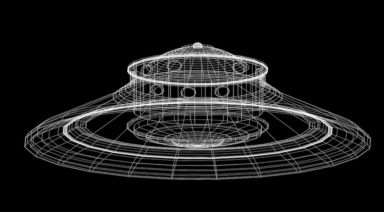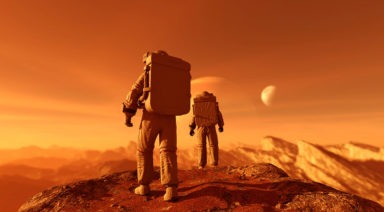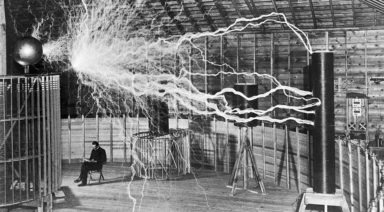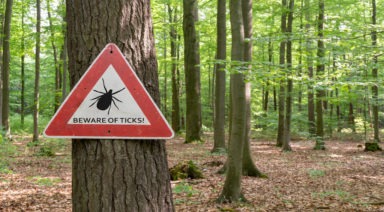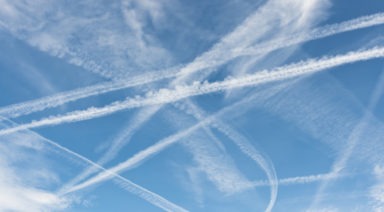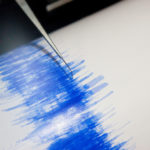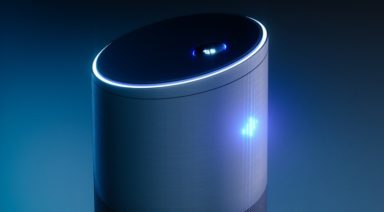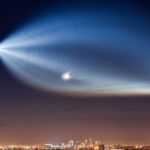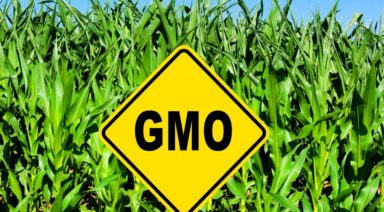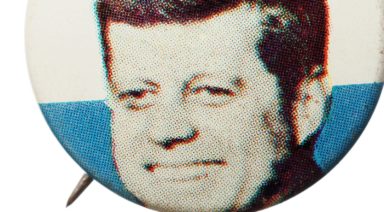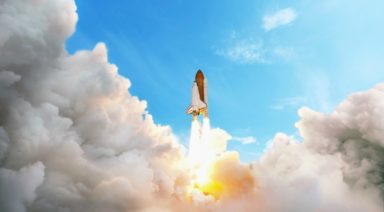The Interstellar Cloud is Bringing Space Weather to Our Solar System
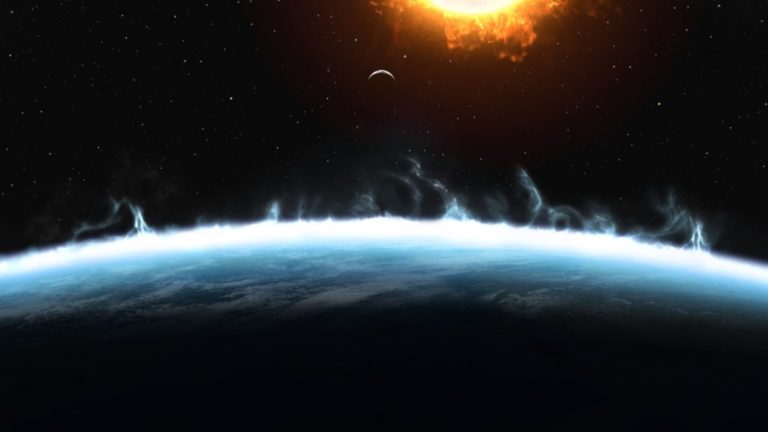
Could a thin layer of gas that is as hot as the surface of the sun affect Earth’s climate?
Our solar system, as it moves through space, is traveling through a cloud and potentially experiencing some turbulence. The Local Interstellar Cloud, or the Local Fluff as it is more colloquially referred to, is a thin layer of magnetically charged gas that is 30 lightyears across and as hot as the surface of the sun. So why hasn’t this scorching, nebulous layer of helium and hydrogen caused problems for us yet?
Luckily, our sun, in addition to providing us with the perfect amount of light and heat, has shielded us with a magnetic bubble that is pushed outward by the solar wind. This protective layer is known as the heliosphere and it is like a carapace for our solar system, keeping cosmic radiation and pesky interstellar fluff from fogging over our planets. But what if that protective bubble were breached, allowing for cosmic radiation to enter our solar system? We know that we experience some cosmic radiation on Earth that originates outside of our solar system, causing ozone depletion, unstable isotopes in our atmosphere, and radiation exposure at high altitudes. But we don’t know what the effects that cosmic radiation originating from the Local Fluff might have on us.
Compression of the Heliosphere
While the heliosphere and heliosheath, an area before the boundary to interstellar space, seem to be doing their jobs, there is a possibility that the Fluff is compressing our bubble. As our solar system passes through the Fluff, it becomes oblong, while simultaneously resisting the magnetic bubble of the Fluff. There is also the possibility that there are ‘cloudlets’ of significantly higher density gas within the Fluff. Could these higher density cloudlets make it through the heliosphere and into our solar system?
The average density of the Local Fluff is about 0.3 atoms per cubic centimeter. To put this into perspective, the density of the edge of Earth’s atmosphere is 12 billion atoms per cubic centimeter. At this extremely thin density, there isn’t much reason to worry about it penetrating our heliosphere, but if cloudlets of significantly higher densities came through, they could potentially burst our bubble. According to astrophysicists, these cloudlets could allow more cosmic rays to penetrate our solar system, potentially wreaking havoc on our climate. But we only have another 10,000 years before we pass through the Fluff and our cosmic sky clears.

Source: NASA
Interplanetary Climate Change
While anthropogenic causes of climate change are undeniable, there could potentially be additional outside factors at play, according to a Russian scientist named Dr. Alexey Dmitriev. This energy that is being emitted from the Fluff could be affecting all the planets in our solar system. Dmitriev believes that this energy is producing hybrid processes and excited energy states in not just the planets but also in the Sun. So, what are the consequences of this for life on Earth?
Dmitriev states that this excited state could accelerate a magnetic pole shift, it could affect ozone distribution in the atmosphere, and it could generally increase the frequency of catastrophic climate events. While this may sound apocalyptic, he says that this is a regular process and it is natural for Earth’s biosphere to undergo these changes. Essentially, Dmitriev says that these changes will create a necessity for adaptation of all life on Earth.
Whether Dmitriev’s prediction is prescient or overdramatic, we may soon have more data surrounding this phenomenon. NASA’s Voyager probes have almost breached the heliosphere to enter interstellar space, where the Fluff begins. The probes are currently in the heliosheath and able to measure the magnetic field of the Fluff. As they get closer they will hopefully be able to tell us more.
The Apollo 11 Conspiracy; What Did NASA Really Find?
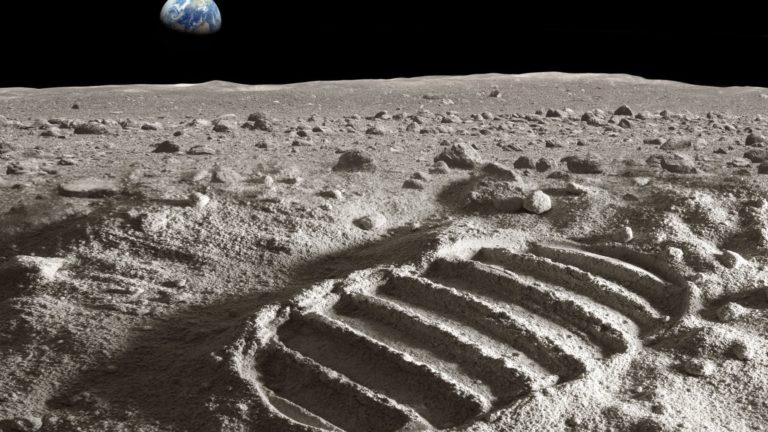
The Apollo missions, one of which led to Neil Armstrong and Buzz Aldrin’s iconic first landing, are some of the most profound accomplishments of mankind. The missions’ successes were heralded as a new era for space exploration and a harbinger of our civilization’s technological evolution. But there are several strange rumors and questionable transcripts of events that occurred during the missions, which NASA and its astronauts have responded to dismissively. This came to be known as the Apollo 11 conspiracy.
While many are still skeptical of the landings, there are other strange reports that have roused conspiracies about unexplained phenomena experienced by Apollo astronauts, including reports of a base on the dark side of the moon. These theories are fueled by transcripts that have only been declassified within the past decade, or from NASA having “lost” documents and recordings of the original lunar landing. Whether there is any validity to these theories is up for debate, but some are so intriguing they can’t be ignored.
What Did Neil Armstrong Discover on the Moon?
According to NASA, Armstrong and Aldrin wandered the moon for three hours, conducting experiments and collecting moon rocks. They also planted the U.S. flag and a sign to mark their landing, claiming their visit a peaceful mission for all mankind.


